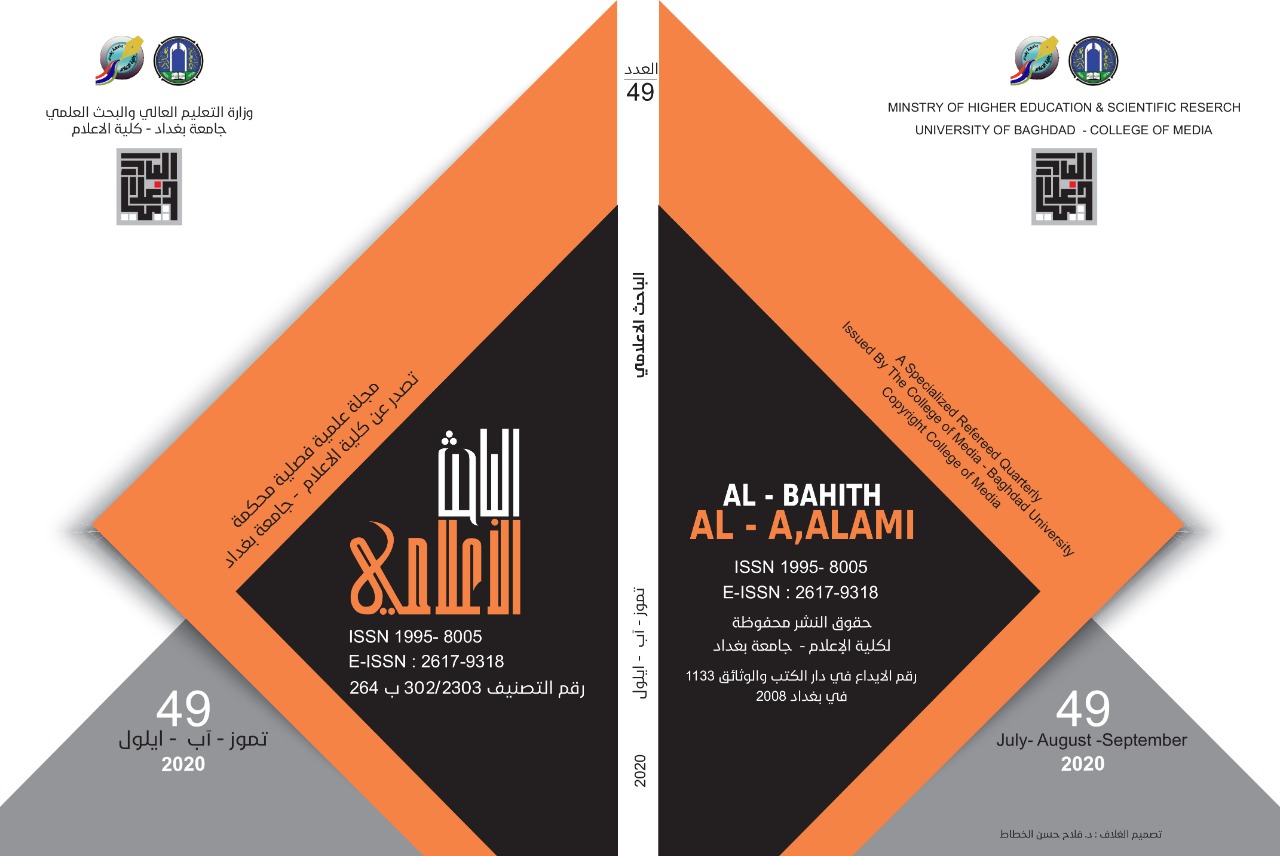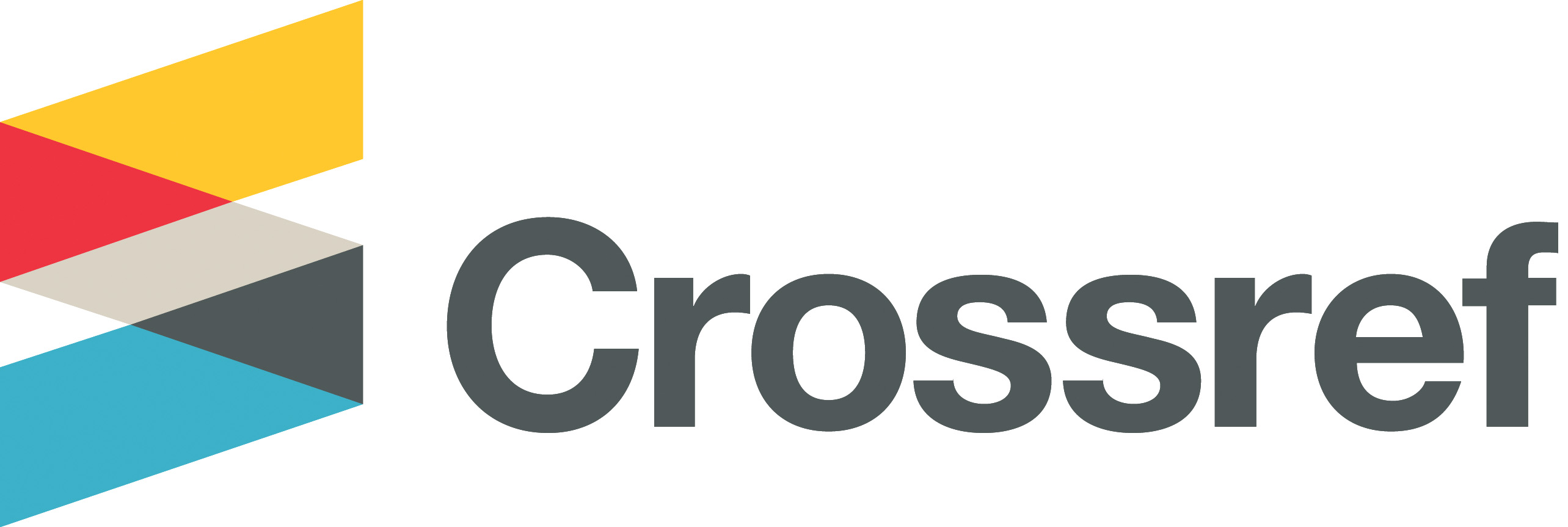Organizational reputation: A descriptive study of concept development and measurement techniques
DOI:
https://doi.org/10.33282/abaa.v12i49.652Keywords:
Organizational reputation; mental image; identity; reputation scalesAbstract
The study aimed to monitor the concept of reputation in the previous literature, its relationship to mental image and identity, and to reveal recent trends in its measurement Techniques.
The study relied on a descriptive approach using library survey and comparative analysis, and the study reached following conclusions:
Despite the beginning of the first signs of reputation In the fifties of the last century, however, Defining and standardizing the concept with clear and specific dimensions began in the 1990s and the beginning of the third millennium. The concept of reputation refers to the stakeholders’ overall evaluation of organizations, which reflects their perceptions of organizations’ performance and their past, present and future actions, and these perceptions are formed over time.
The results also showed the existence of several trends for measuring reputation, including trends that narrowed the concept of reputation, or borrowed indicators to measure it from other concepts, but the trend of social expectations is the broader and broader trend where reputation is seen through stakeholders’ multiple expectations from organizations, such as: Fortune Scale, Reputation Quotient Score, RepTrak® system scale, and Helm Scale. The study recommended that organizations consider reputation as an integral part of strategic management and that they establish a reputation management division affiliated to the Public Relations management, and its tasks include monitoring the organization's reputation in traditional and new media, and evaluating it among stakeholders through field surveys, and reporting with solutions proposals for senior management
Downloads
References
سمير، رشا. (2016). دور العلاقات العامة في إدارة سمعة المنظمات: دراسة تطبيقية لعينة من منظمات المجتمع المدني. جامعة حلوان, القاهرة.
صبحي، مروة . (2014). قياس فعالية الاتصالات الترويجية لبرامج المسؤولية الاجتماعية وتأثيرها على سمعة المنظمة: دراسة حالة على عينة من الشركات المصرية والمتعددة الجنسيات. جامعة القاهرة, القاهرة.
References
Balmer, J. M. (1998). Corporate identity and the advent of corporate marketing. Journal of marketing management, 14(8), 963-996.
Balmer, J. M., & Greyser, S. A. (2003). Revealing the corporation: perspectives on identity, image, reputation, corporate branding, and corporate-level marketing: an anthology: Psychology Press.
Barnett, M. L., Jermier, J. M., & Lafferty, B. A. (2006). Corporate reputation: The definitional landscape. Corporate reputation review, 9(1), 26-38.
Birth, G., Illia, L., Lurati, F., & Zamparini, A. (2008). Communicating CSR: practices among Switzerland's top 300 companies. Corporate communications: An international journal.
Brady, A. K. O., & Honey, G. (2007). Corporate reputation: Perspectives of measuring and managing a principal risk: Chartered Institute of Management Accountants.
Brammer, S. J., & Pavelin, S. (2006). Corporate reputation and social performance: The importance of fit. Journal of management studies, 43(3), 435-455.
Bromley, D. (2002). Comparing corporate reputations: League tables, quotients, benchmarks, or case studies? Corporate reputation review, 5(1), 35-50.
Bromley, D. B. (1993). Reputation, image and impression management: John Wiley & Sons.
Brown, B., & Perry, S. (1994). Removing the financial performance halo from Fortune's “most admired” companies. Academy of Management Journal, 37(5), 1347-1359.
Campbell, K., & Sherman, W. R. (2010). Lists & more lists: Making sense of corporate reputations. Journal of Business & Economics Research (JBER), 8(7).
Carroll, C. E. (2008). Organizational image. The international encyclopedia of communication.
Carroll, C. E. (2009). The relationship between firms’ media favorability and public esteem. Public Relations Journal, 3(4), 1-32.
Caruana, A. (2008). An attitudinal measure of corporate reputation Facets of corporate identity, communication and reputation (pp. 215-228): Routledge.
Cravens, K. S., & Oliver, E. G. (2006). Employees: The key link to corporate reputation management. Business Horizons, 49(4), 293-302.
Czarnecka, A., & Ni, L. (2011). Exploring the Effects of Organization-Public Relationship Outcomes and Communication Coorientation on Organizational Reputation in a Higher Education Setting. Paper presented at the 14 TH INTERNATIONAL PUBLIC RELATIONS RESEARCH CONFERENCE.
Darwish, A., & Burns, P. (2019). Tourist destination reputation: an empirical definition. Tourism Recreation Research, 44(2), 153-162.
Davies, G., Chun, R., da Silva, R. V., & Roper, S. (2001). The personification metaphor as a measurement approach for corporate reputation. Corporate reputation review, 4(2), 113-127.
Davies, G., Chun, R., Da Silva, R. V., & Roper, S. (2003). Corporate reputation and competitiveness: Psychology Press.
Dawkins, J., & Lewis, S. (2003). CSR in stakeholde expectations: And their implication for company strategy. Journal of Business Ethics, 44(2-3), 185-193.
Deephouse David, L. (2002). The Effect of Financial and Media Reputations on Performance, w: Part IV: How Do Reputations Affect Corporate Performance. Corporate reputation review, 68-72.
Feldman, P. M., Bahamonde, R. A., & Velasquez Bellido, I. (2014). A new approach for measuring corporate reputation. Revista de Administração de Empresas, 54(1), 53-66.
Fombrun, C. (1996). Reputation: Realising value from the corporate image," Boston, Massachusetts, Harvard Business School Press.
Fombrun, C. J., Gardberg, N. A., & Sever, J. M. (2000). The Reputation Quotient SM: A multi-stakeholder measure of corporate reputation. Journal of brand management, 7(4), 241-255.
Fombrun, C. J., Ponzi, L. J., & Newburry, W. (2015). Stakeholder tracking and analysis: The RepTrak® system for measuring corporate reputation. Corporate reputation review, 18(1), 3-24.
Fortune. (2009). World’s most admired companies. Retrieved 23 Jule, 2019, from https://archive.fortune.com/magazines/fortune/mostadmired/2011/index.html
Fryxell, G. E., & Wang, J. (1994). The Fortune corporate'reputation'index: Reputation for what? Journal of management, 20(1), 1-14.
Gabbioneta, C., Ravasi, D., & Mazzola, P. (2007). Exploring the drivers of corporate reputation: A study of Italian securities analysts. Corporate reputation review, 10(2), 99-123.
Gotsi, M., & Wilson, A. M. (2001). Corporate reputation: seeking a definition. Corporate communications: An international journal.
Hardeck, I., & Hertl, R. (2014). Consumer reactions to corporate tax strategies: Effects on corporate reputation and purchasing behavior. Journal of Business Ethics, 123(2), 309-326.
HarrisPoll. (2019). The 100 Most Visible Companies. Retrieved 30 July, 2019, from https://theharrispoll.com/axios-harrispoll-100/
Helm, S. (2005). Designing a formative measure for corporate reputation. Corporate reputation review, 8(2), 95-109.
Helm, S. (2011). Corporate reputation: an introduction to a complex construct Reputation management (pp. 3-16): Springer.
Huang, N. C. L. (2011). Creating Identity and Building Reputation: Public Relations Practices of Small Businesses in an Emerging Field. The University of North Carolina at Chapel Hill.
Hutton, J. G., Goodman, M. B., Alexander, J. B., & Genest, C. M. (2001). Reputation management: the new face of corporate public relations? Public relations review, 27(3), 247-261.
Karadeniz, M. (2009). The importance of creating a successful corporate identity and corporate image for enterprises in marketing management. Journal of Naval Science and Engineering, 5(3), 1-15.
Melewar, T. C., & Saunders, J. (2000). Global corporate visual identity systems: using an extended marketing mix. European Journal of marketing.
Newell, S. J., & Goldsmith, R. E. (2001). The development of a scale to measure perceived corporate credibility. Journal of Business research, 52(3), 235-247.
Ponzi, L. J., Fombrun, C. J., & Gardberg, N. A. (2011). RepTrak™ pulse: Conceptualizing and validating a short-form measure of corporate reputation. Corporate reputation review, 14(1), 15-35.
Post, J., & Griffin, J. (1997). Corporate Reputation and External Affairs Management,(w:) Part VII: Managing Reputation: Pursuing Everyday Excellence. Corporate reputation review, 1(1-2).
Schwaiger, M. (2004). Components and parameters of corporate reputation—An empirical study. Schmalenbach business review, 56(1), 46-71.
Shenkar, O., & Yuchtman-Yaar, E. (1997). Reputation, image, prestige, and goodwill: An interdisciplinary approach to organizational standing. Human Relations, 50(11), 1361-1381.
Shim, K., & Yang, S.-U. (2016). The effect of bad reputation: The occurrence of crisis, corporate social responsibility, and perceptions of hypocrisy and attitudes toward a company. Public relations review, 42(1), 68-78.
Soleimani, A. (2011). Essays on corporate reputation: antecedents and consequences. (
), Florida International University.
Trotta, A., & Cavallaro, G. (2012). Measuring corporate reputation: A framework for Italian banks. International Journal of Economics and Finance Studies, 4(1), 21-30.
Walsh, G., & Beatty, S. E. (2007). Customer-based corporate reputation of a service firm: scale development and validation. Journal of the academy of marketing science, 35(1), 127-143.
Walsh, G., Beatty, S. E., & Shiu, E. M. (2009). The customer-based corporate reputation scale: Replication and short form. Journal of Business research, 62(10), 924-930.
Wartick, S. L. (1992). The relationship between intense media exposure and change in corporate reputation. Business & Society, 31(1), 33-49.
Wepener, M., & Boshoff, C. (2015). An instrument to measure the customer-based corporate reputation of large service organizations. Journal of Services Marketing.
Wilson, R. (1985). Reputations in games and markets. Game-theoretic models of bargaining, 27-62.
Yang, S.-U. (2007). An integrated model for organization—public relational outcomes, organizational reputation, and their antecedents. Journal of Public Relations Research, 19(2), 91-121.
Yoon, E., Guffey, H. J., & Kijewski, V. (1993). The effects of information and company reputation on intentions to buy a business service. Journal of Business research, 27(3), 215-228.
Downloads
Key Dates
Published
Issue
Section
License
Copyright (c) 2020 Author

This work is licensed under a Creative Commons Attribution 4.0 International License.
Authors retain copyright and grant the journal right of first publication with the work simultaneously licensed under a Creative Commons Attribution License (CC BY 4.0) that allows sharing the work with recognition of authorship and initial publication in ABBA journal.


















